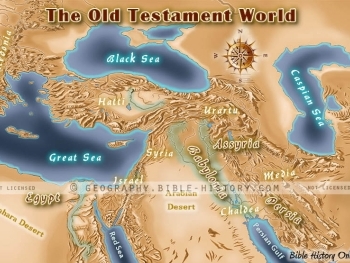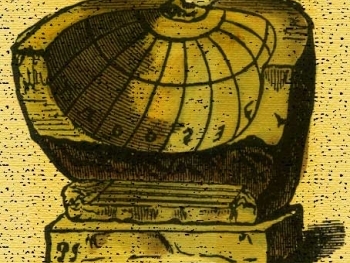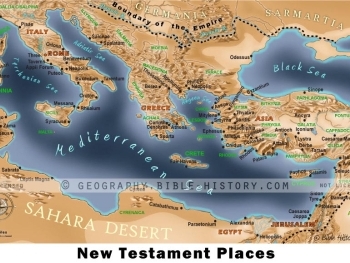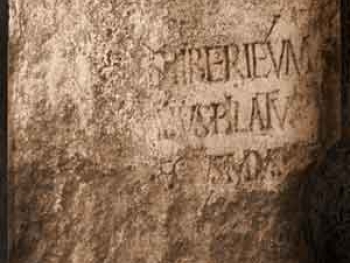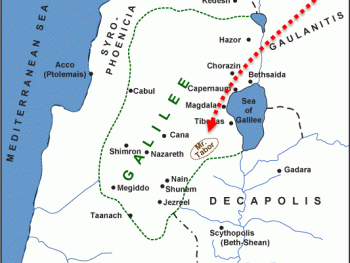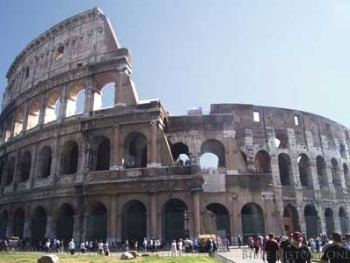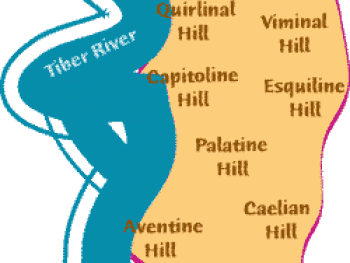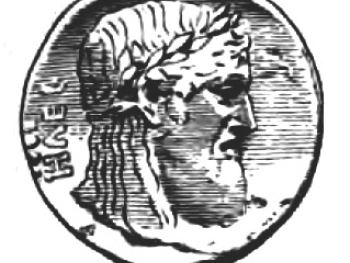The Bible does not specifically mention the Adriatic Sea as a place of sudden storms. However, the Bible does contain accounts of storms and tempests occurring at sea in various locations, emphasizing the unpredictable and perilous nature of such events.
One notable example is found in Acts 27:14-20 when the apostle Paul, along with other prisoners, was being transported by ship across the Mediterranean Sea. They encountered a severe storm called the "northeaster" or "Euraquilo," which caused great distress and danger to the ship and its crew.
While the Adriatic Sea is not explicitly mentioned in this account, it is geographically located in the general region where biblical events took place. The Mediterranean Sea, of which the Adriatic Sea is a part, is known for its propensity for sudden storms, including the Euraquilo wind that can bring violent weather conditions.
The Bible uses these accounts of storms at sea to highlight the power of God and the need for trust and reliance on Him in times of danger and uncertainty. While specific references to the Adriatic Sea may be absent, the biblical narrative acknowledges the potential hazards of storms on the sea and underscores the importance of faith and seeking God's guidance in challenging circumstances.
